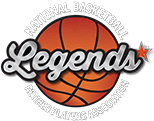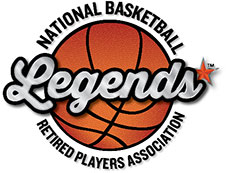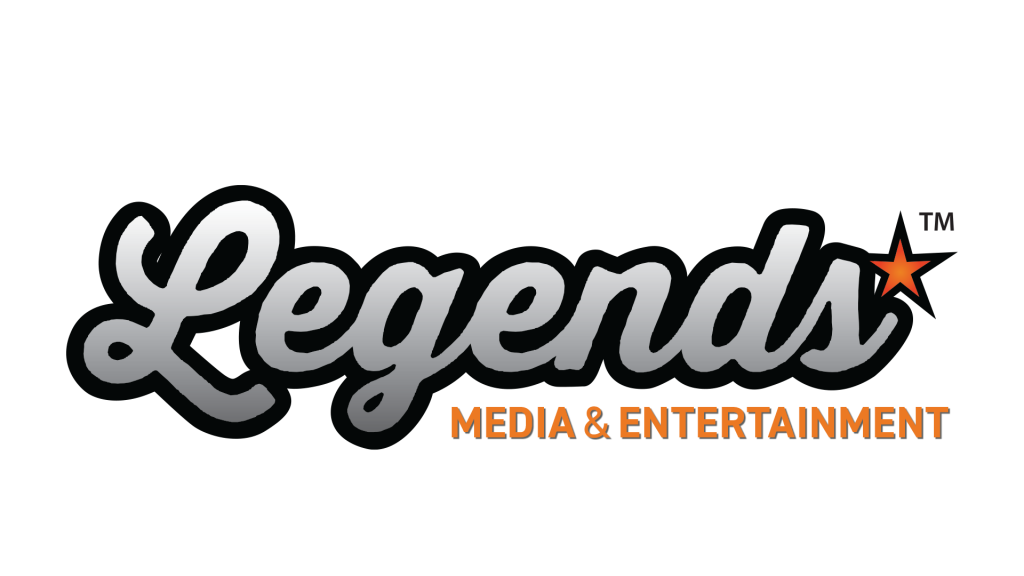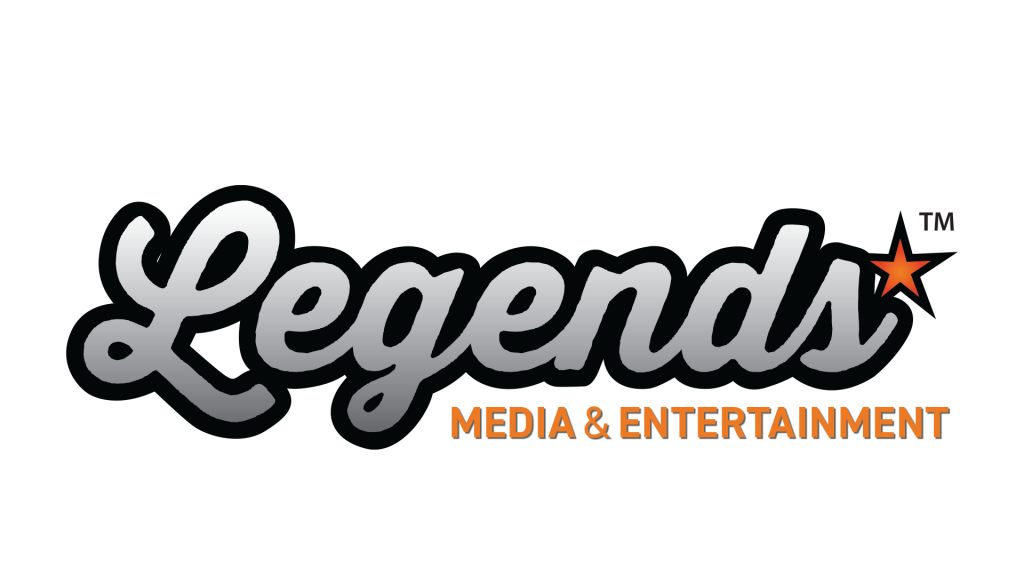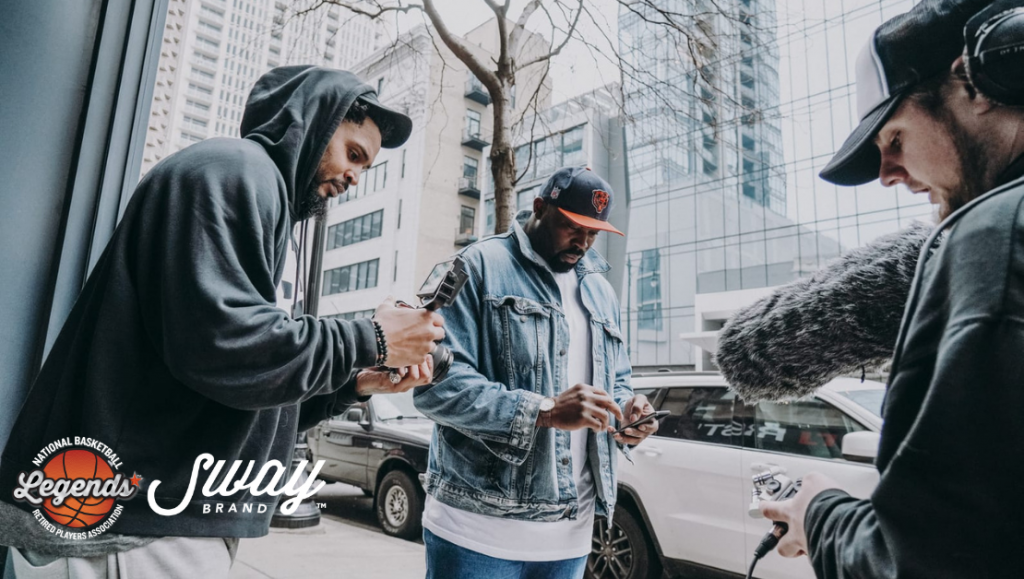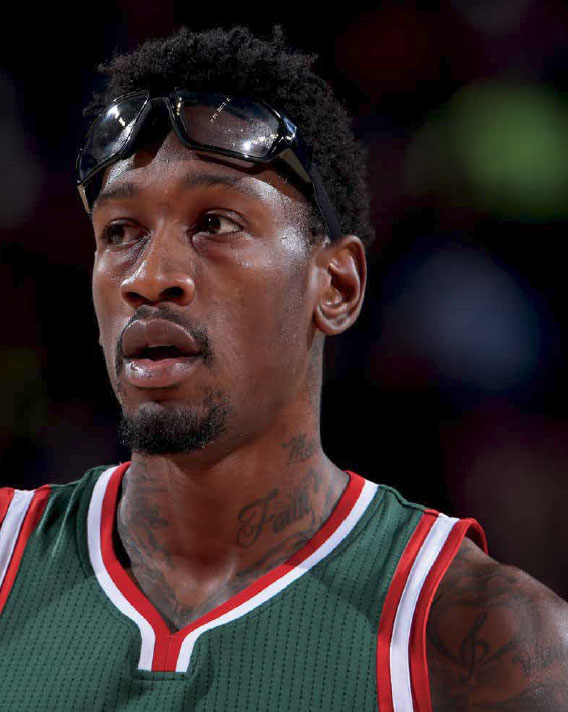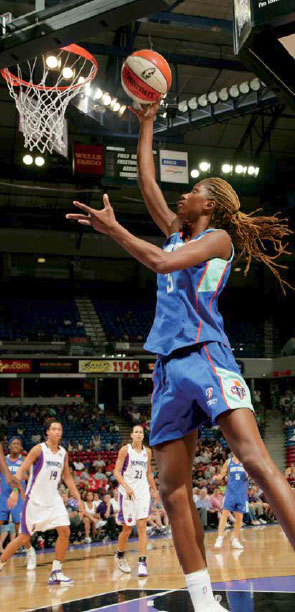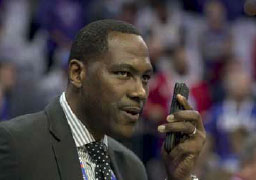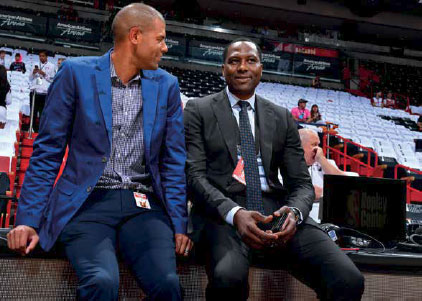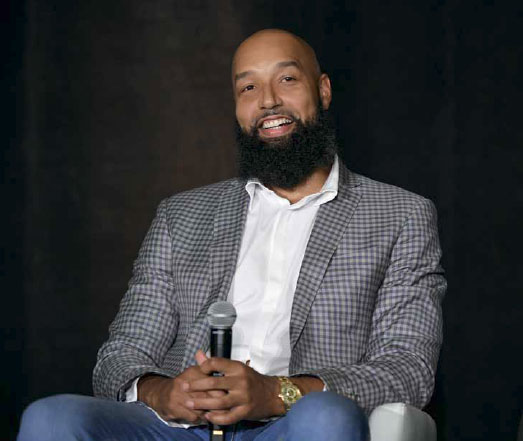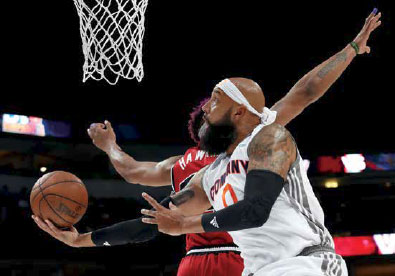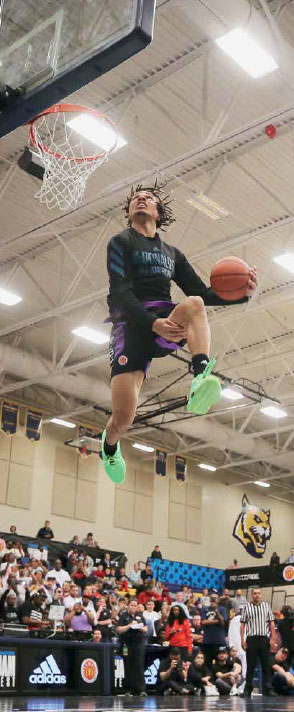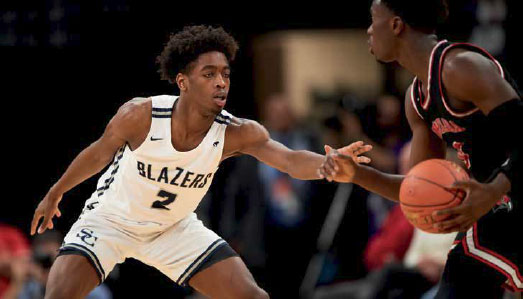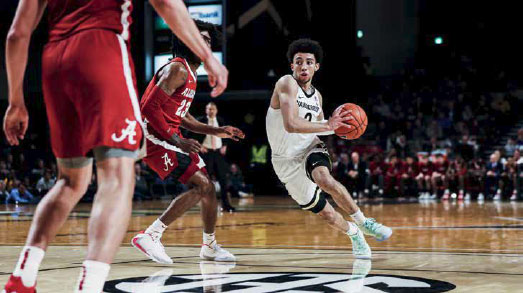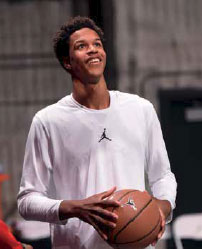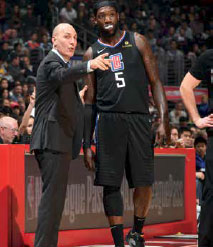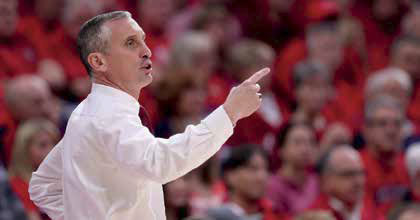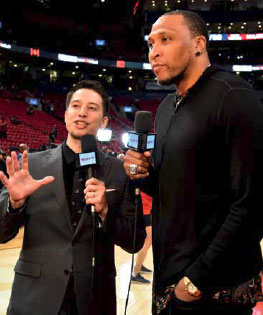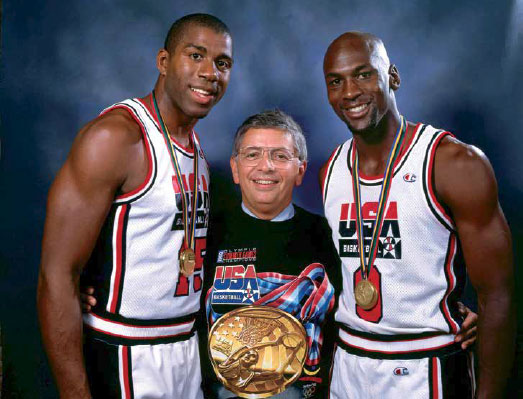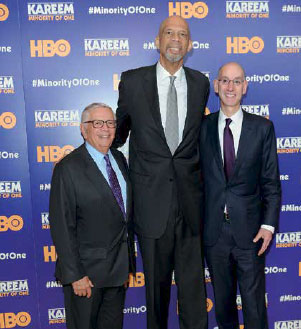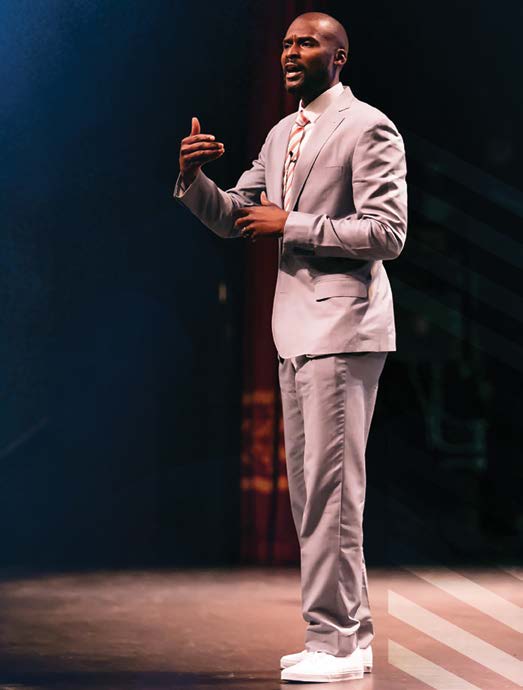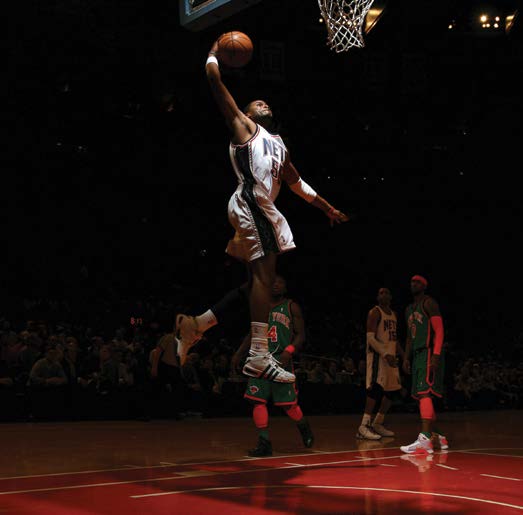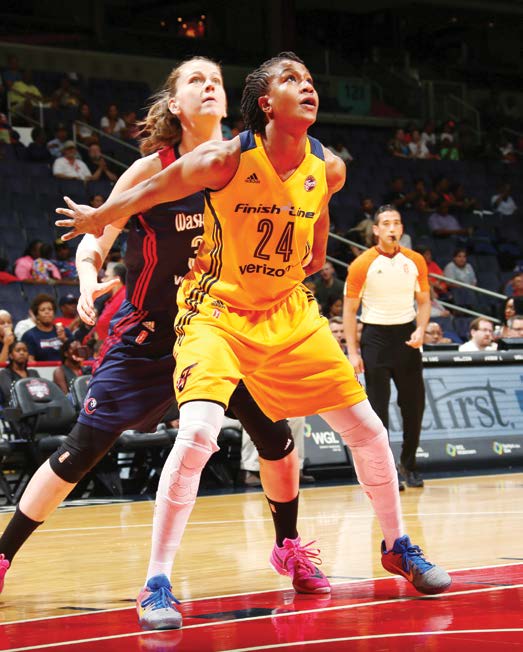Ann Meyers Drysdale | Phoenix Mercury and Suns;
Joe Caldwell | Former ASU Basketball Star;
Paul Westphal | Former Phoenix Suns Star & Coach
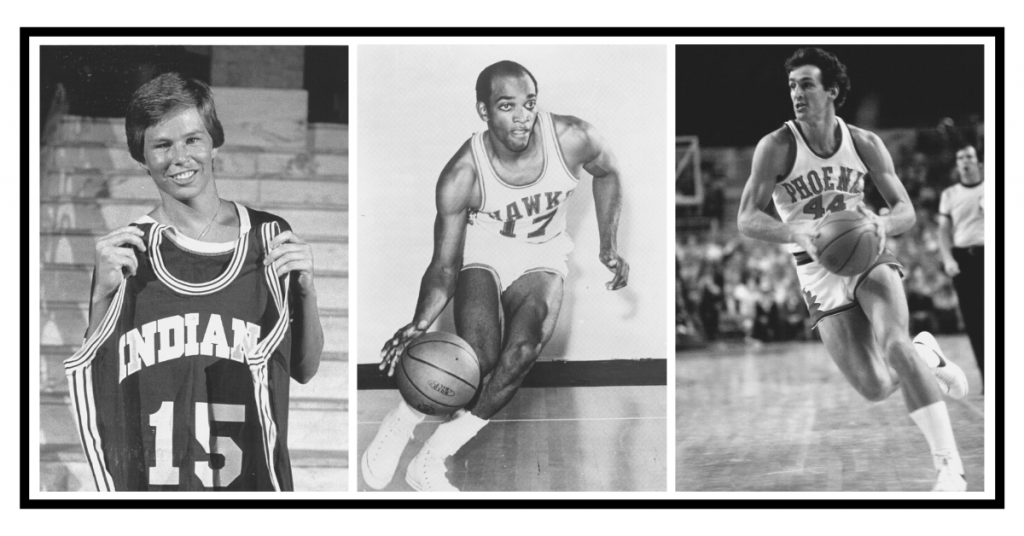
CHICAGO, IL (September, 11, 2020) — On Tuesday, September 8, Paul Westphal (Naismith Basketball HOF’19, former Phoenix Suns star and coach), Ann Meyers Drysdale (HOF’13 Inductee, Phoenix Mercury and Suns executive), and Joe Caldwell (former Arizona State University basketball star) were elected to the 2020 Arizona Sports Hall of Fame class. The Arizona Sports and Entertainment Commission (ASEC) announced the 2020 class, featuring three basketball standouts, among the seven total inductees.
Nikki Balich-Cammarata, who serves as the ASEC Executive Director issued the following statement in the official 2020 Arizona Sports Hall of Fame press release:
“Arizona has a rich sports tradition, and this Arizona Sports Hall of Fame class exemplifies that tradition perfectly…Each of these individuals has played an important role in shaping our state’s sports history.”
Westphal, Meyers Drysdale, and Caldwell, whose contributions are highlighted below, join the following AZ Sports Hall of Fame Members:
Dick Van Arsdale (1981); Alvan Adams (1988); Jerry Colangelo (2002); Sean Elliott (2010); Fat Lever (2013); Charles Barkley (2015); Dan Majerle (2017); Tom Chambers (2019).
Paul Westphal: “The No. 8 scorer in Phoenix Suns history, Westphal played a key role on the franchise’s two NBA Finals teams. He was a star guard on the underdog team that reached the 1976 NBA Finals and then coached the Suns to the 1993 NBA Finals. With his dazzling moves and elite skills, “Westy” won the hearts of the first generation of Suns fans, and his No. 44 was retired by the team in 1989. After the Suns fell behind the Los Angeles Lakers two games to none in a best-of-five series in the 1993 playoffs, Westphal famously guaranteed that his team would rally to win the series – which it did, extending a run that ended in Game 6 of the Finals. Westphal also led Grand Canyon University to the 1988 NAIA national title. Westphal is a member of the Naismith Memorial Basketball Hall of Fame and the National Collegiate Basketball Hall of Fame.” - ASEC
Ann Meyers Drysdale: “A basketball pioneer, Ann Meyers Drysdale came to Phoenix as the General Manager of the Phoenix Mercury and Vice President of the Phoenix Suns. Meyers Drysdale played a role in all three of the Mercury’s WNBA titles. Meyers Drysdale now serves the Mercury and Suns as a Vice President and broadcaster. Meyers Drysdale made history when she became the first woman to receive a Division I athletics scholarship, from UCLA. She became a four-time All-American and led the Bruins to their only women’s national title in 1978. Meyers Drysdale was the first draft pick of the Women’s Professional Basketball League, the nation’s first women’s pro league and a forerunner to the WNBA and earned co-MVP in 1979-80. She later became the first woman to sign an NBA contract, trying out for the Indiana Pacers in 1980.” - ASEC
Jumpin’ Joe Caldwell: “Caldwell, nicknamed “Jumpin’ Joe,” set the career scoring record at ASU with 1,515 points (18.2 per game) and is the school’s No. 2 all-time rebounder with 929 (11.2 per game). Caldwell led the Sun Devils to the NCAA tournament in his three varsity seasons – 1962-64. Caldwell was team captain all three years and MVP in 1963 and 1964, and the school retired his No. 32 in 2010. He won a gold medal with the 1964 U.S. men’s basketball team in Tokyo. Caldwell spent six seasons in the NBA and five in the ABA, earning All-Star honors twice in each league.” - ASEC
Every year, the Arizona Sports Hall of Fame honors athletes, coaches, administrators, and others who have made significant contributions to Arizona sports. The 2020 class was selected by a vote of trustees and the public. An honorary ceremony will take place on April 23, 2021, during the Crest Insurance Group Arizona Sports Hall of Fame Induction Ceremony.
A qualifying candidate can: (1) be from Arizona, or (2) must have lived in Arizona and is recognized as an Arizonan. Additionally, they must have left a tangible mark on the Arizona athletics community, generating two or more significant contributions to sport.
For more information on the Arizona Sports Hall of Fame, or to purchase tickets to the induction ceremony, please visit www.azsportshof.com.
###
Media Contact:
NBRPA Member Alert • 312-913-9400 • memberalert@legendsofbasketball.com
About the National Basketball Retired Players Association:
The National Basketball Retired Players Association (NBRPA) is comprised of former professional basketball players from the NBA, ABA, WNBA and Harlem Globetrotters. It is a 501(c) 3 organization with a mission to develop, implement and advocate a wide array of programs to benefit its members, supporters and the community. The NBRPA was founded in 1992 by basketball legends Dave DeBusschere, Dave Bing, Archie Clark, Dave Cowens and Oscar Robertson. The NBRPA works in direct partnerships with the NBA and the National Basketball Players Association. Legends Care is the charitable initiative of the NBRPA that positively impacts youth and communities through basketball. Scott Rochelle is President and CEO, and the NBRPA Board of Directors includes Chairman of the Board Johnny Davis, Vice Chairman Jerome Williams, Treasurer Sam Perkins, Secretary Grant Hill, Thurl Bailey, Caron Butler, Dave Cowens, Shawn Marion, David Naves and Sheryl Swoopes. Learn more at legendsofbasketball.com.
About the Arizona Sports Hall of Fame: The Arizona Sports and Entertainment Commission owns the Arizona Sports Hall of Fame, which was founded in 1957 by the Phoenix Press Box Association. The Hall of Fame honors athletes, coaches, administrators and others who have made significant contributions to Arizona sports. To be eligible for the Arizona Sports Hall of Fame, an individual must meet one of three criteria: a native of Arizona; immediately recognized as an Arizonan; have made at least two significant contributions to the athletics community in Arizona. For more information on the Arizona Sports Hall of Fame, or to purchase tickets to the induction ceremony, please visit www.azsportshof.com.
About the Arizona Sports and Entertainment Commission: The Arizona Sports and Entertainment Commission (ASEC) is a non-profit organization created in 1988. The Commission collaborates with hundreds of partners to help fulfill the mission of bringing national and international sporting events to the state; assisting in the promotion of existing events and Arizona sports teams; providing volunteer recruitment and organization for large-scale sporting events; and developing youth sports programs. In 2009, it assumed oversight of the Arizona Sports Hall of Fame, and in 2012, the Grand Canyon State Games. ASEC was the founding organization and owner of the 2015 NOVA Home Loans Arizona Bowl. For more information about the Commission call 480.517.9700 or visit www.azsportsent.com.
